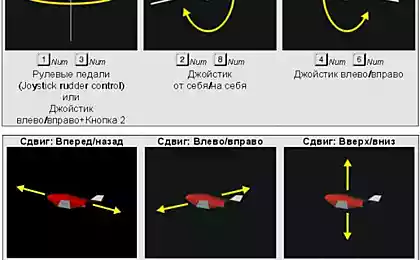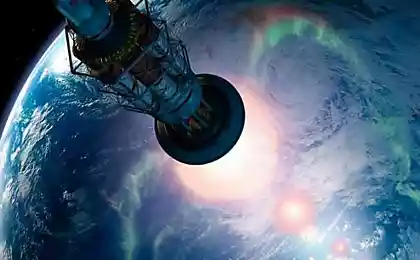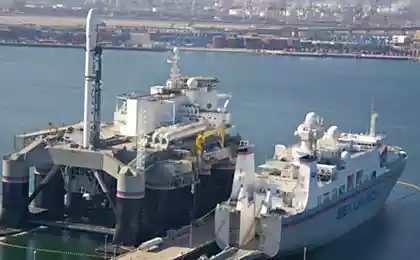444
The experiment of cleaning the orbit from space debris began
Last December, 2016 Japan launched into orbit the space debris collector, and a few days ago was completed all the preparations and spacecraft Kounotori-6 undocked from the ISS to begin the first ever experiment in "cleaning" the debris from earth orbit.

Ship Kounotori-6, or as it is called, HTV-6 was the sixth expedition of cargo delivery to the ISS (hence the number 6 in the title). Arriving at the station with nearly five tons of cargo in December 2016, HTV-6 was docked with the station for more than 7 weeks, during which it was unloading and preparing for a mission to clean up orbit. Procedure undocking of HTV-6 from the ISS was made on 27 January, and it was held by NASA specialist Shane Kimbrough and flight engineer of the European space Agency Thomas Pasket. The astronauts during the procedure undocking of the ship used the Canadarm2 manipulator, and the process was controlled from the Cupola module, which is equipped with a large enough window.

Space selfie astronauts Shane Kimbrough and Thomas Pesket on the background of the HTV-6
The spacecraft HTV-6 will hold the space for another week, doing the experiment Kounotori Integrated Tether Experiment (KITE), which will be tested new technology of cleaning of debris and cleaning of the Earth's orbit. During the test, the HTV-6 will release a 700-meter-long electrodynamic "tether" that will attract a variety of debris, and the larger part in the process of moving HTV-6 will have an impact, sliding them towards the Earth. The distance between the ISS and HTV-6 will be 19 kilometers across and 37 miles vertically that will protect the ISS from accidental falling debris. 4 Feb 2017 HTV-6 headed toward Earth, taking away the "tail" of debris. Upon entering the atmosphere, HTV-6 "tail," burned and unburned fragments fall into the Pacific ocean. published
P. S. And remember, only by changing their consumption — together we change the world! ©
Source: hi-news.ru/space/eksperiment-po-ochistke-orbity-ot-kosmicheskogo-musora-nachalsya.html

Ship Kounotori-6, or as it is called, HTV-6 was the sixth expedition of cargo delivery to the ISS (hence the number 6 in the title). Arriving at the station with nearly five tons of cargo in December 2016, HTV-6 was docked with the station for more than 7 weeks, during which it was unloading and preparing for a mission to clean up orbit. Procedure undocking of HTV-6 from the ISS was made on 27 January, and it was held by NASA specialist Shane Kimbrough and flight engineer of the European space Agency Thomas Pasket. The astronauts during the procedure undocking of the ship used the Canadarm2 manipulator, and the process was controlled from the Cupola module, which is equipped with a large enough window.

Space selfie astronauts Shane Kimbrough and Thomas Pesket on the background of the HTV-6
The spacecraft HTV-6 will hold the space for another week, doing the experiment Kounotori Integrated Tether Experiment (KITE), which will be tested new technology of cleaning of debris and cleaning of the Earth's orbit. During the test, the HTV-6 will release a 700-meter-long electrodynamic "tether" that will attract a variety of debris, and the larger part in the process of moving HTV-6 will have an impact, sliding them towards the Earth. The distance between the ISS and HTV-6 will be 19 kilometers across and 37 miles vertically that will protect the ISS from accidental falling debris. 4 Feb 2017 HTV-6 headed toward Earth, taking away the "tail" of debris. Upon entering the atmosphere, HTV-6 "tail," burned and unburned fragments fall into the Pacific ocean. published
P. S. And remember, only by changing their consumption — together we change the world! ©
Source: hi-news.ru/space/eksperiment-po-ochistke-orbity-ot-kosmicheskogo-musora-nachalsya.html
In Paris, he chose the most beautiful concept car of the year
In Mexico city, a taxi appeared with a hybrid power plant






















